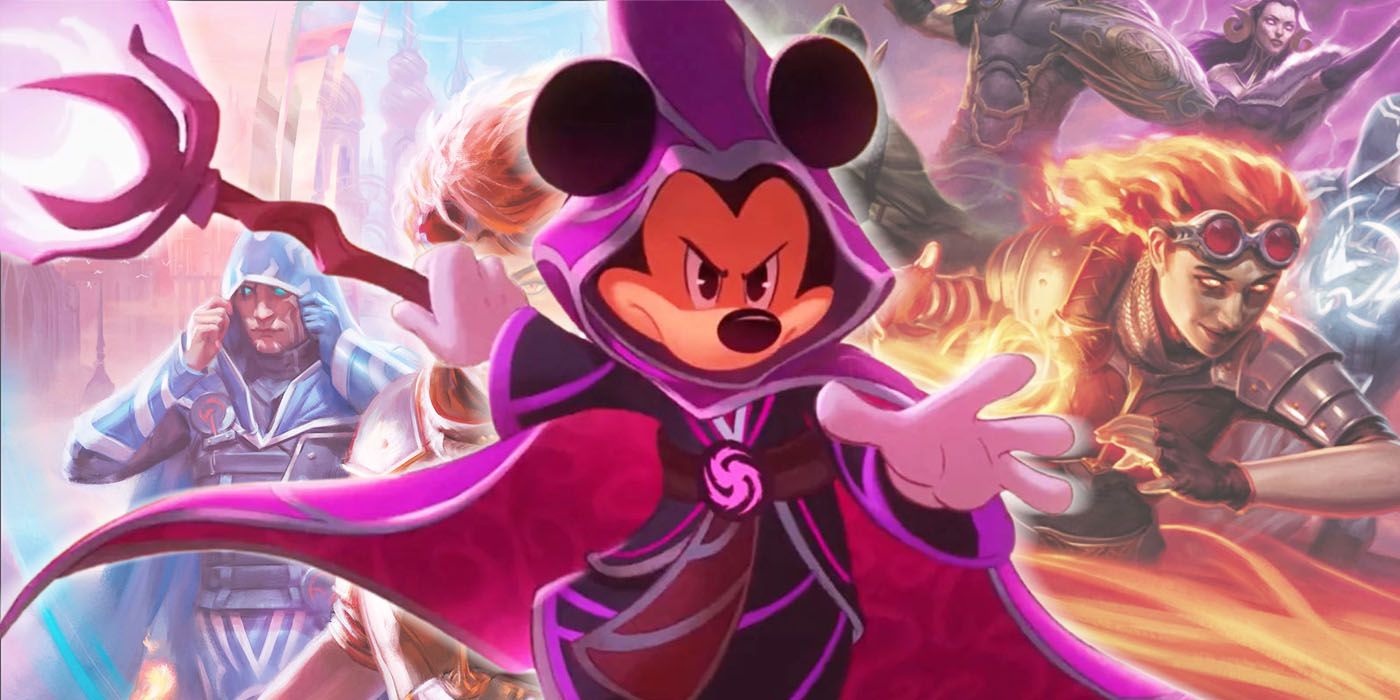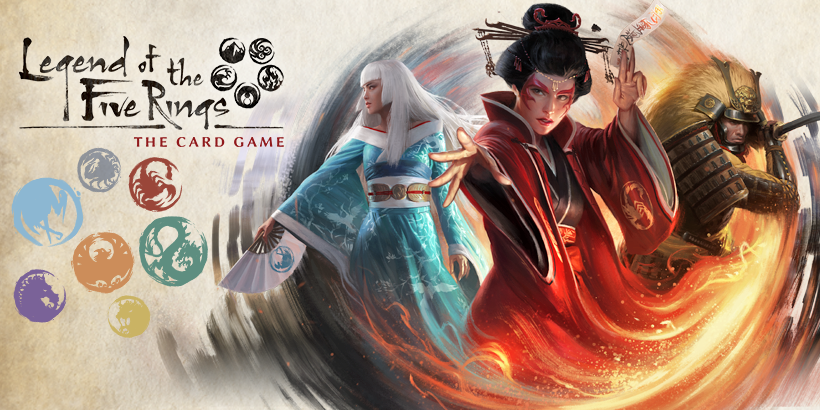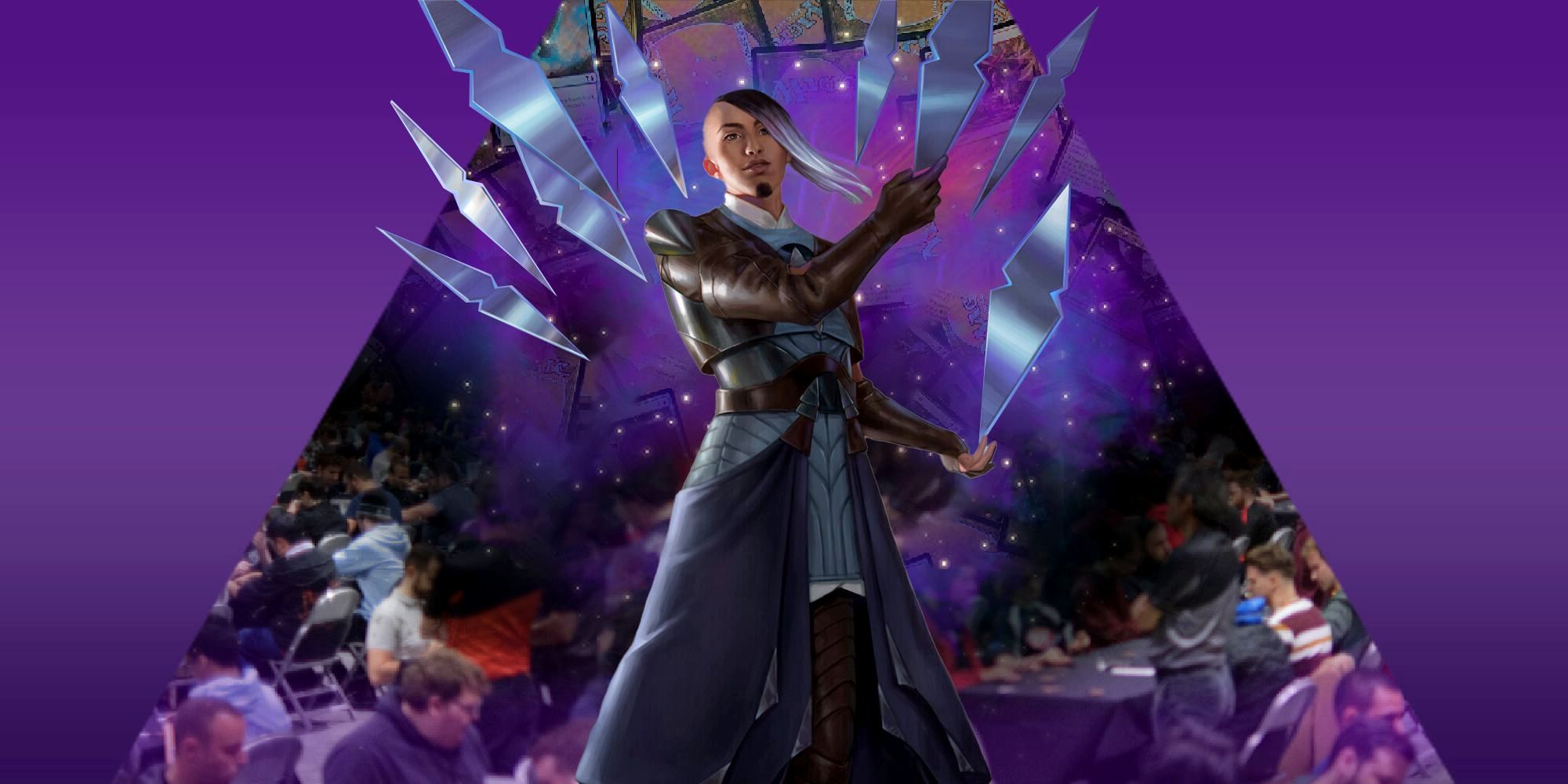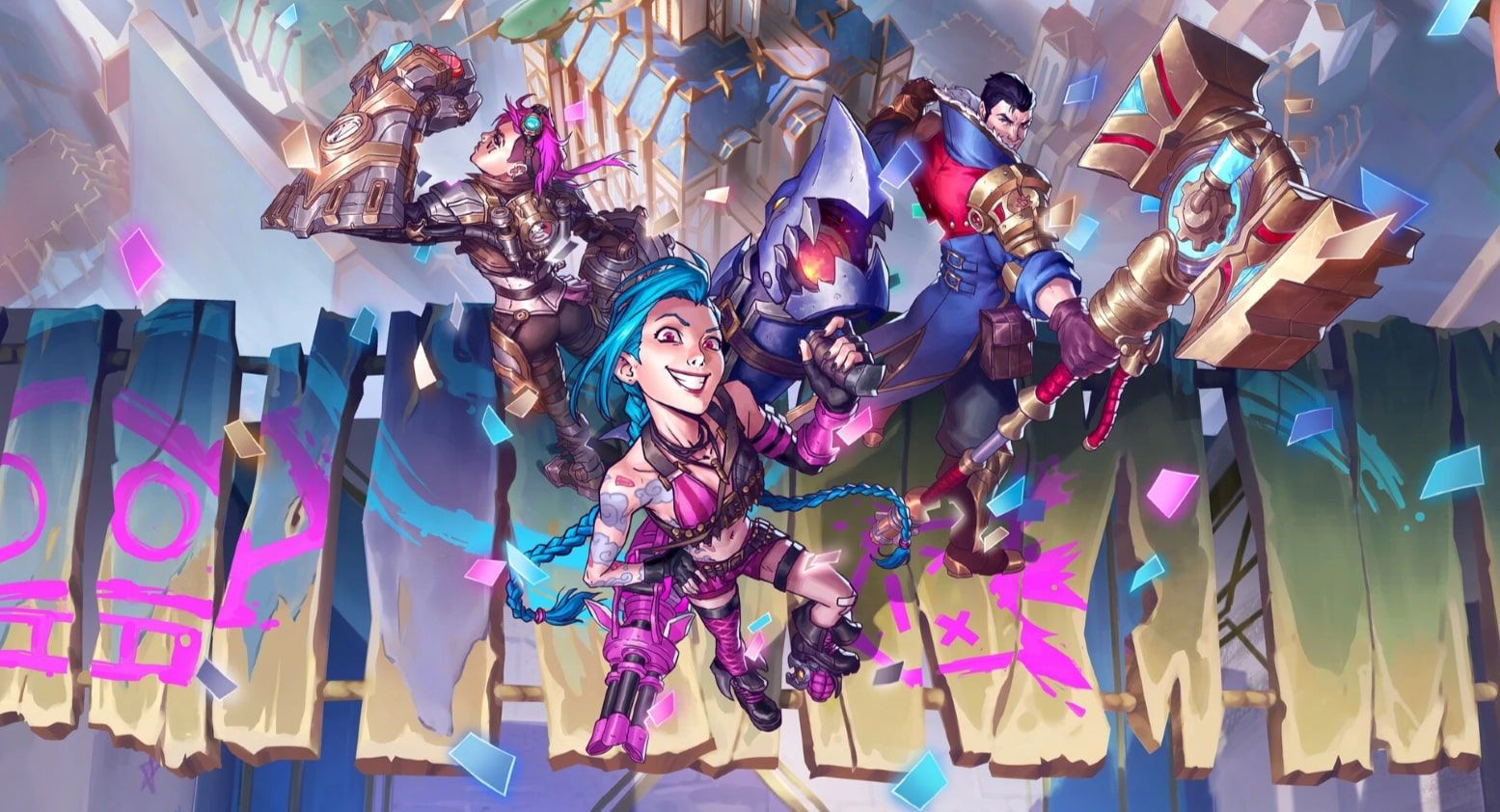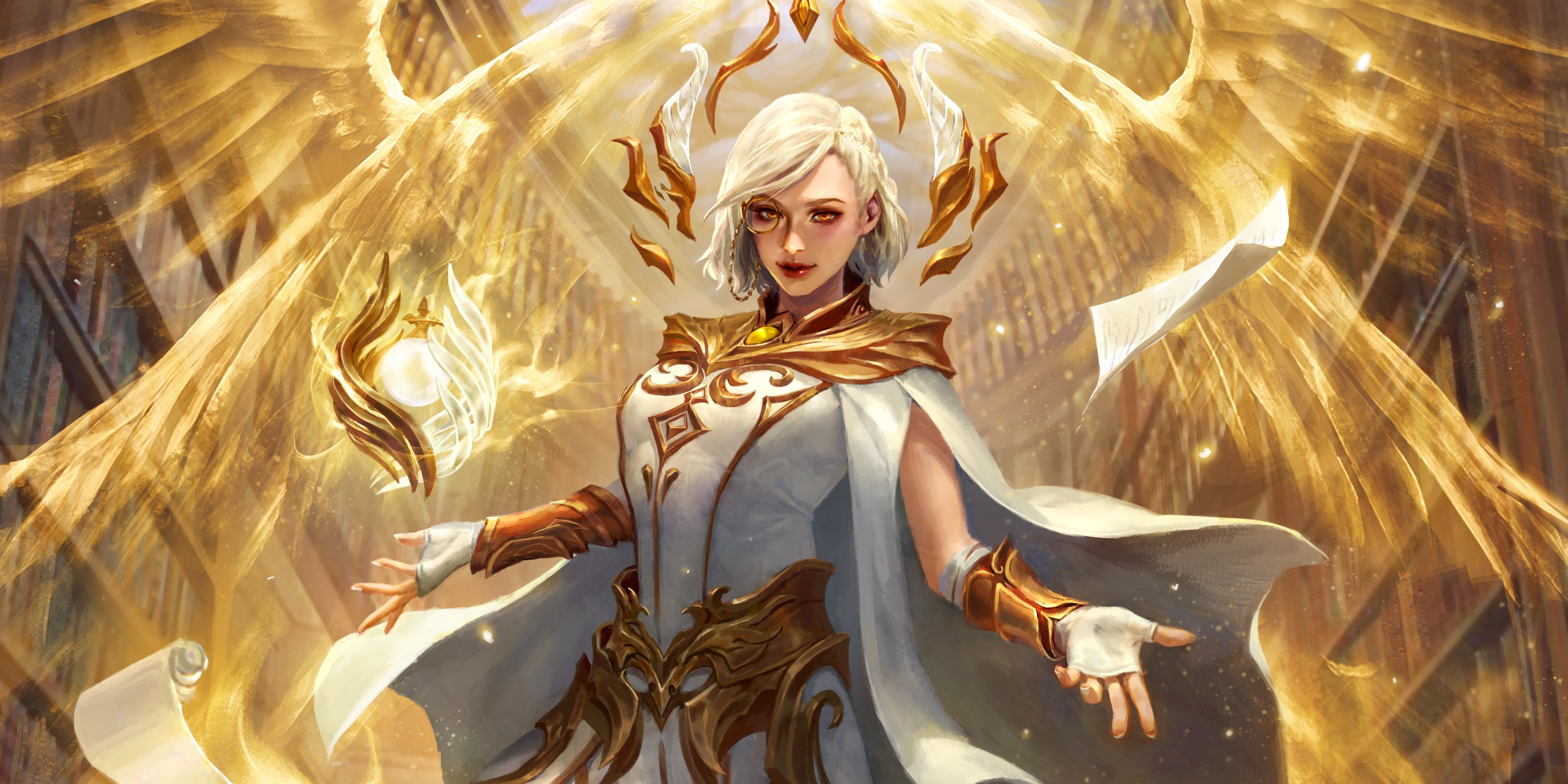Collectible card games are in the midst of a golden age. Classics like Magic: The Gathering, Pokémon Trading Card Game, and Yu-Gi-Oh haven't gone anywhere, but they're facing heavy competition. Newcomer Flesh and Blood has absolutely exploded since its debut in 2019, Universus brought a lot of new blood to its My Hero Academia block, and other popular franchises like Dragon Ball and Digimon have their own heavy hitters in the TCG sector.
On the digital front, Hearthstone no longer stands alone, as Legends of Runeterra and Magic: The Gathering Arena have successfully muscled their way into cyberspace. Additionally, the future of card games is kaleidoscopic in its scope and variety, from longtime franchise projects like One Piece Card Game, to numerous indie darlings like Sorcery TCG, to the monolithic titan that is Disney's Lorcana just around the corner -- so where is this massive influx of card game glory coming from?
TCGs Have Flourished Before
Something to keep in mind is this influx isn't particularly new. Ever since Magic kicked things off in 1993, there have been hundreds of collectible card games. Most major franchises have had a collectible card game (sometimes multiple), including Star Trek, The Lord of the Rings, and The X-Files. Outside of existing franchises, many others have manifested their own fantastical worlds, including Legend of the Five Rings, ANDROID: Netrunner, and Duel Masters.
The existence of multiple competing card games and big franchises getting involved isn't unique, but there is one strange phenomenon with this recent surge. Collectible card games aren't simply emerging at an increased rate; way more of them are sticking around, and the primary driving force comes from new tools that these games and their communities can take advantage of.
It's Easier For New TCGs to Find Funding & an Audience
The biggest advancement isn't card game design; it's outreach. Community connection sprawls out with greater reach and precision thanks to the sophisticated tools of the internet age. Almost every CCG has at least one social media page and Discord server, some official and others fan-made. These online resources are easier to find than ever before and are crucial for establishing the game's community, effectively its pulse.
Additionally, crowdfunding platforms like Kickstarter and Indiegogo have also drastically pulled the goal post closer for prospective CCGs. By putting a planned product on one of these sites, indie developers can find out if there's an audience for their product and develop a fanbase while also securing financial backing. These new tools enable more success via direct communication between the game's developers and players, increasing the odds of the project evolving in a way that satisfies both parties.
YouTube & Twitch Have Made It Easier to Engage With Games
In the modern gaming landscape, a player's passion doesn't always match their availability. However, streaming has offered a new way to engage with a favorite game. Digital games like Legends of Runeterra consistently streamers online, and even physical ones can be found on YouTube in the form of recorded matches, metagame analysis, and booster box openings. Streaming tournaments also lets fans enjoy matches without the need to travel, letting more people share in the game's most exciting moments alongside the community. CCGs have evolved to adopt a spectator-friendly format, spreading to more prospective players and hyping existing ones up for their next match.
Publishers have taken notice, and are striving to sculpt influencers into pillars of the community. Flesh and Blood is illustrative here. During each preview season, Legend Story Studios sends tons of preview cards out to content creators on Twitch and YouTube, giving each a specified day to reveal their unique spoilers. They also send streamers booster boxes ahead of release to be opened live, revealing more cards in the process. The arrangement creates powerful media storms that draw serious crowds, even if it's just around a few big personalities.
Modern Card Games Are Driven Around Characters
Card games have taken an important lesson from MTG's "Commander" format: Players like to inhabit the space of characters. Nameless armies and wizards have been pushed to the side in favor of individuals, a switch especially effective when a player feels particularly strongly about the character they're playing. This focus on characters has been prevalent with franchise-based card games, but it's become increasingly prevalent with original IPs as well. Games like Ashes: Rise of the Phoenixborn and FaB completely revolve around its different playable heroes, Hearthstone operates within specific classes, and while LoR is centered around regions, those are driven by the champions that live there.
While these games have macro-communities for the game itself, this character focus enables the splintering of micro-communities within that are focused on those characters. Players are becoming increasingly known within their communities for the characters they "main," and that kind of splintering creates competition within communities that is wholly organic and helpful for the games themselves. New tools and philosophies have allowed the modern CCG to grow in ways unforeseen, and this is just the beginning. While it's unlikely that the market will continue to grow at this exponential rate, the hobby has clearly become far more popular, and that should be considered an exciting new normal.

